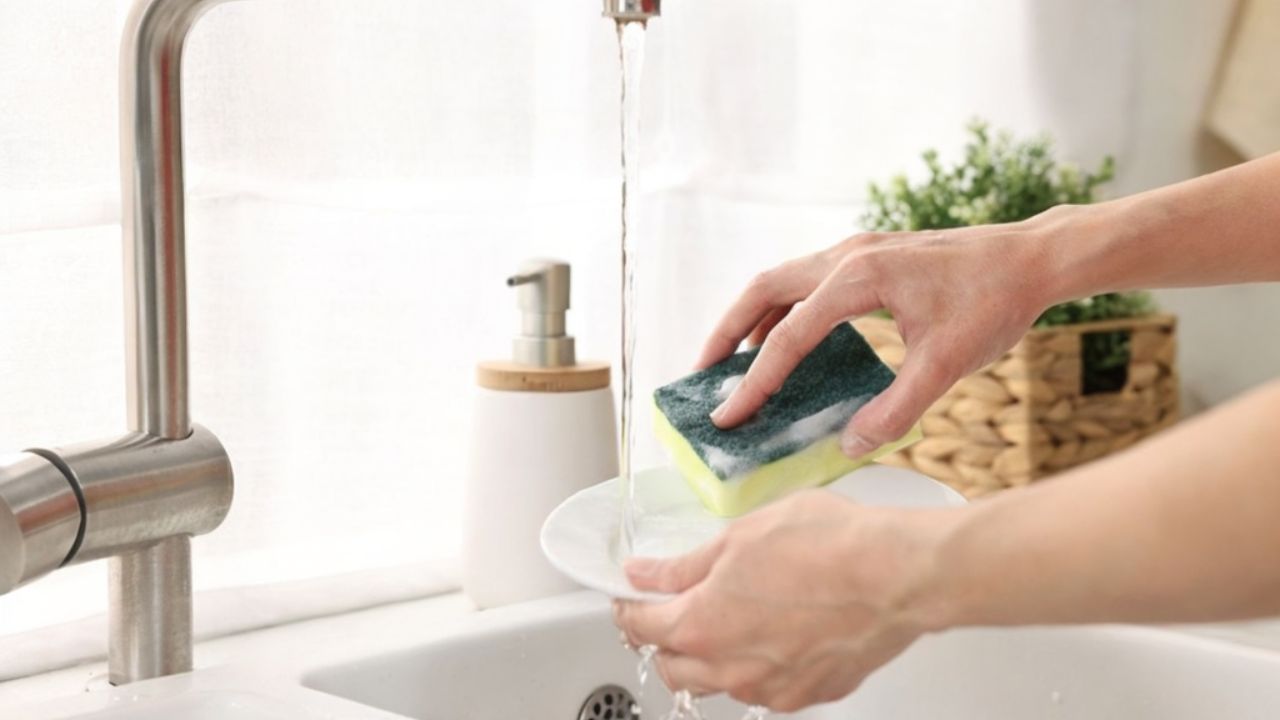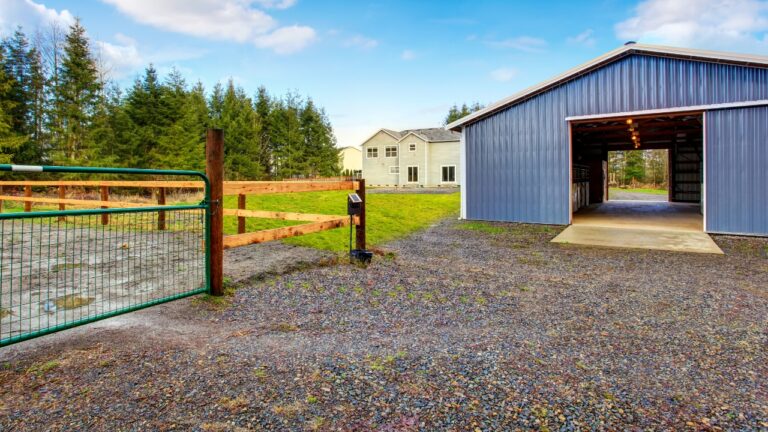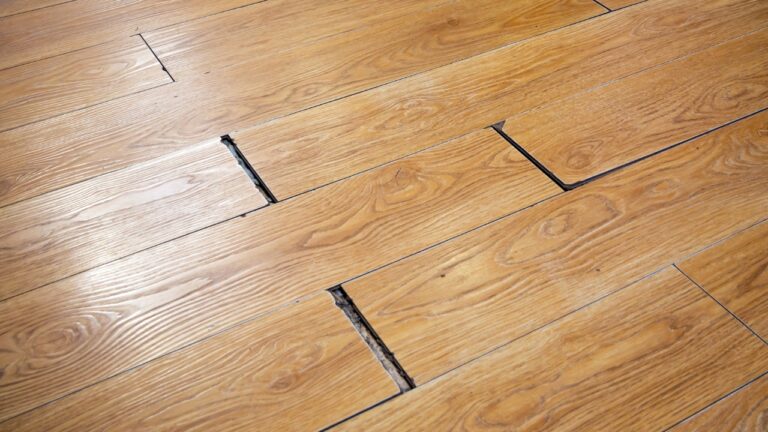The trick to getting more storage without adding clutter
You don’t always need more bins. You need better edges, smarter placement, and storage that disappears when you’re not using it. The goal is capacity you can’t see, not more visual noise.
Start with a boundary, not a product
Pick the surface or wall you’re solving—a coffee table, a closet back, the inside of a door—and define the edge first. Trays, shelf lips, and door organizers turn any spot into a container without adding boxes in the middle of your room. When edges are clear, stuff stops migrating.
Store tools where the job happens
Coasters and a blanket live by the sofa, not in a hall closet. Extra soap and TP live in the bath they serve, not a random cabinet. Put a mini cleaning caddy on each floor so you’re not hauling supplies up and down. Storage that’s close to the task gets used; everything else becomes clutter.
Go vertical and shallow
Tall, shallow storage beats deep bins that swallow small things. Add a second shelf in cabinets, use risers in pantries, and mount narrow rails on the back of doors for wraps, spices, or lids. You see more at once, which means you buy fewer duplicates and stop digging.
Hide capacity inside furniture you already own

Swap a hollow coffee table for one with drawers, choose nightstands with real storage, and use a lidded ottoman for blankets or toys. Add under-bed drawers with felt pads so they glide quietly. When furniture carries the load, you gain space without adding a single bin in plain sight.
Use matching containers only where you see them
If you love a basket wall, keep the visible set consistent and stash the odd sizes behind doors. Matching containers make open storage look calmer, but they’re not required in closets. Spend your effort where the eye lands first and let the rest be practical.
Label once so everyone plays along
A sharpie on painter’s tape is enough until you land on final homes. When labels exist, other people can put things back without asking. That alone prevents 80% of clutter from boomeranging to counters and floors.
Make “in-between” space work harder
Add a rail with S-hooks under a shelf, a slim drawer under a desk, or a narrow rack between the washer and the wall. These are bonus zones for lightweight items—wraps, chargers, brushes—that don’t deserve prime real estate but need a home.
Set a container limit for problem categories
If toys, towels, or pantry snacks overflow, define the limit by the container, not your willpower. One basket, one shelf, or one drawer. When it’s full, something leaves. Limits keep storage from expanding until your house feels like a warehouse.
Build a two-minute nightly sweep into your routine

Return remotes to the tray, mail to the sorter, and dishes to the sink. If something didn’t get a home today, give it one tomorrow or let it go. Storage works because habits protect it—not because you bought the perfect bin.
Like Fix It Homestead’s content? Be sure to follow us.
Here’s more from us:
8 upgrades that look like you spent thousands (but didn’t)
9 small changes that instantly make a house feel high-end
*This article was developed with AI-powered tools and has been carefully reviewed by our editors.







